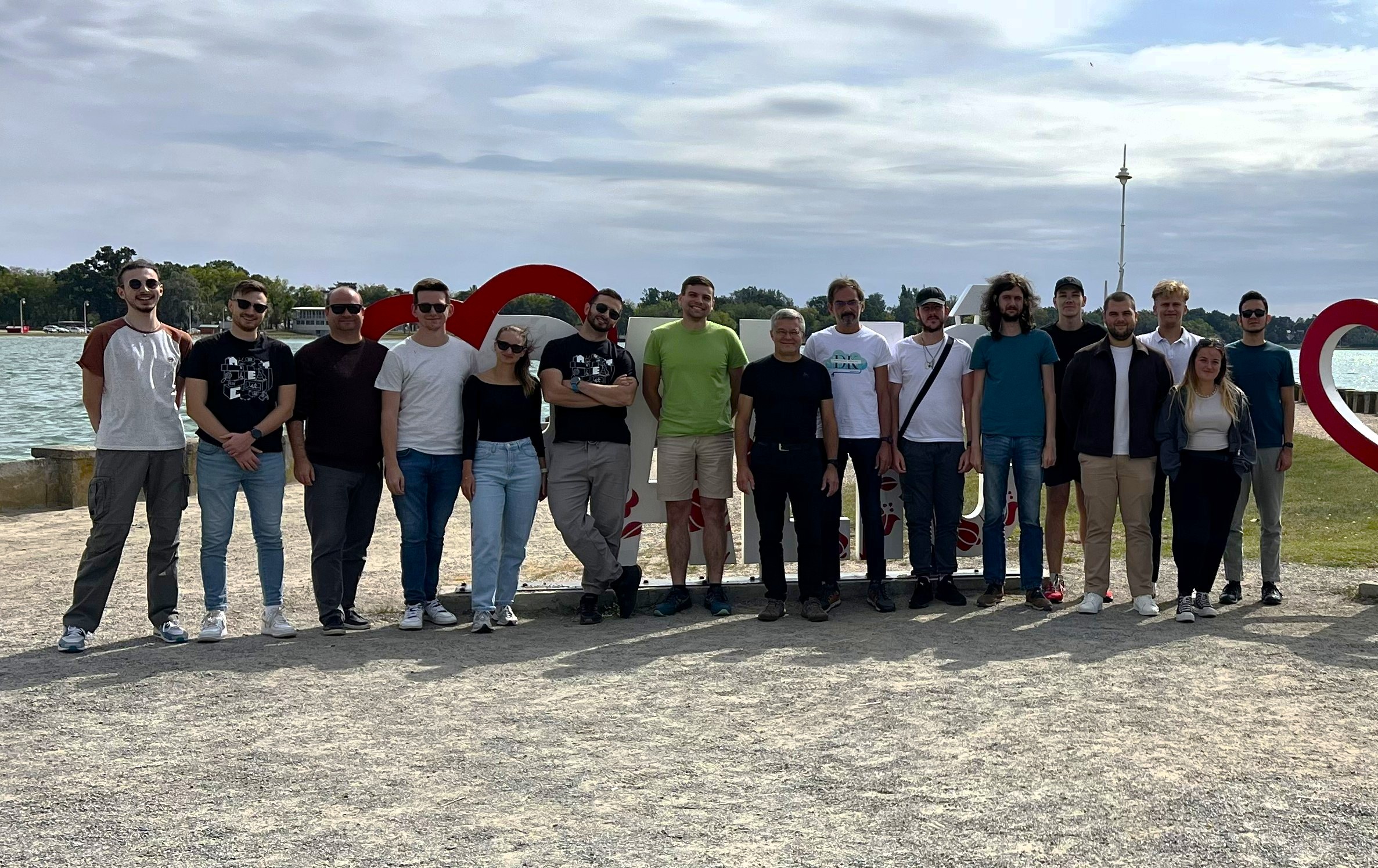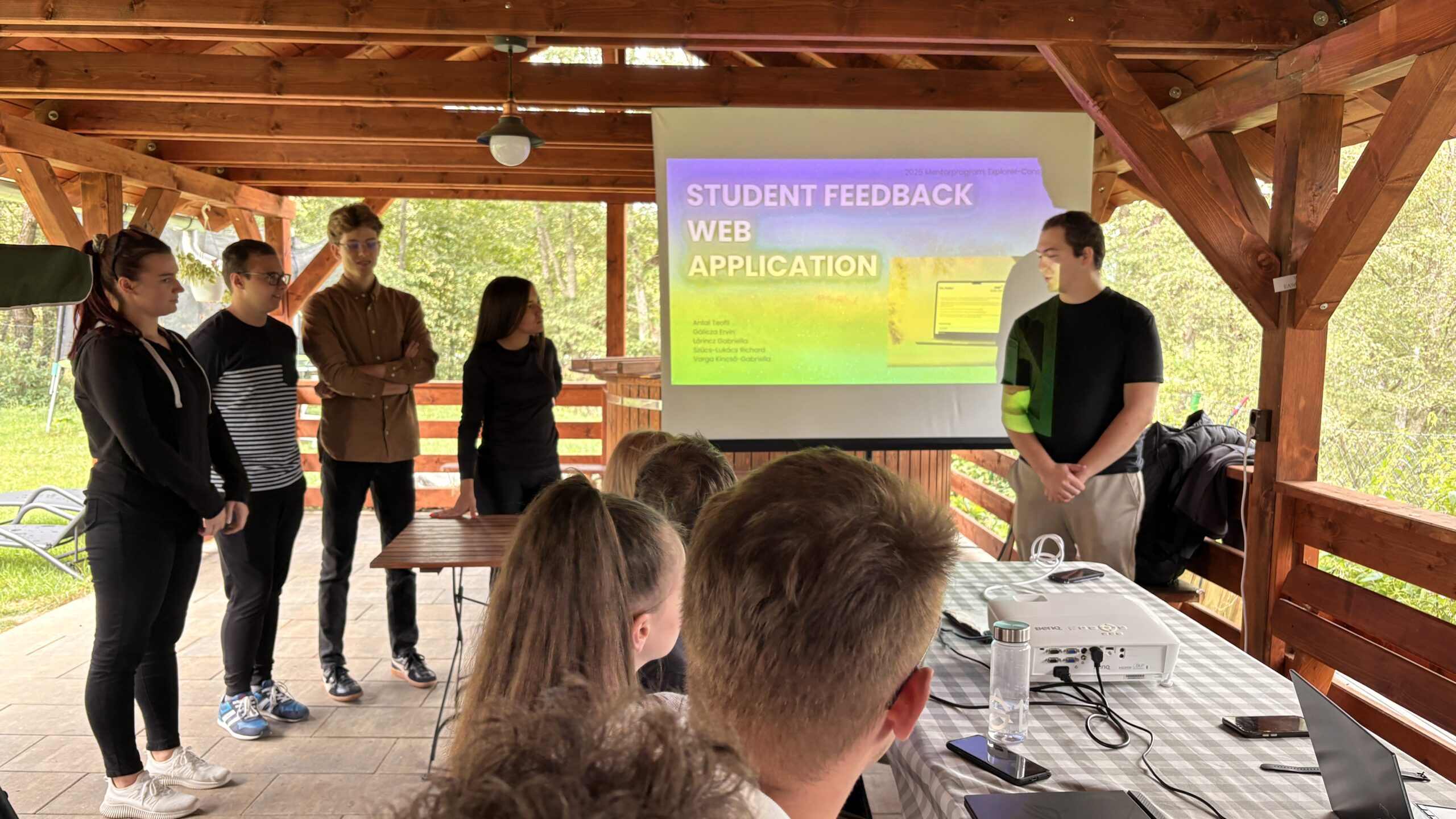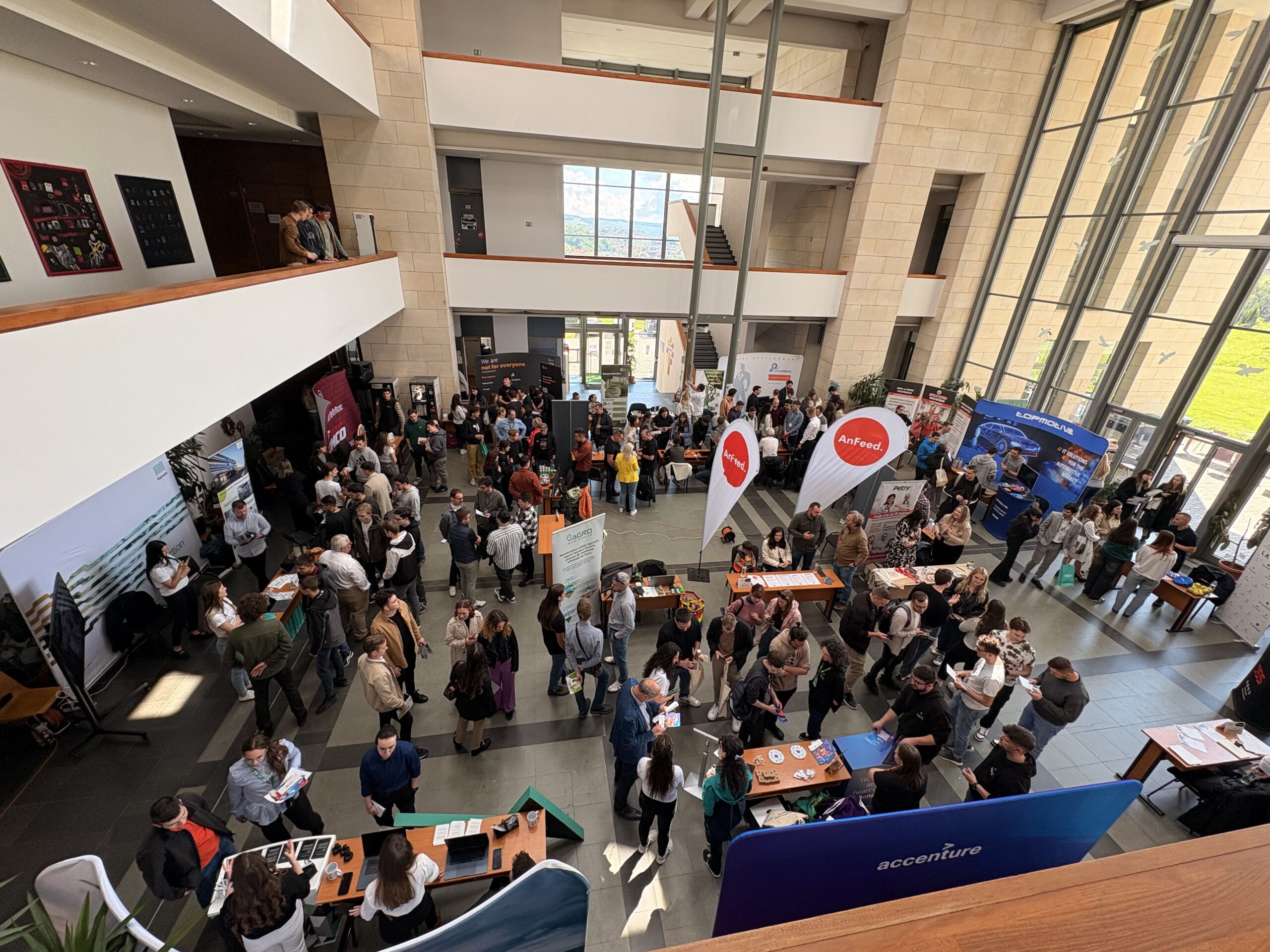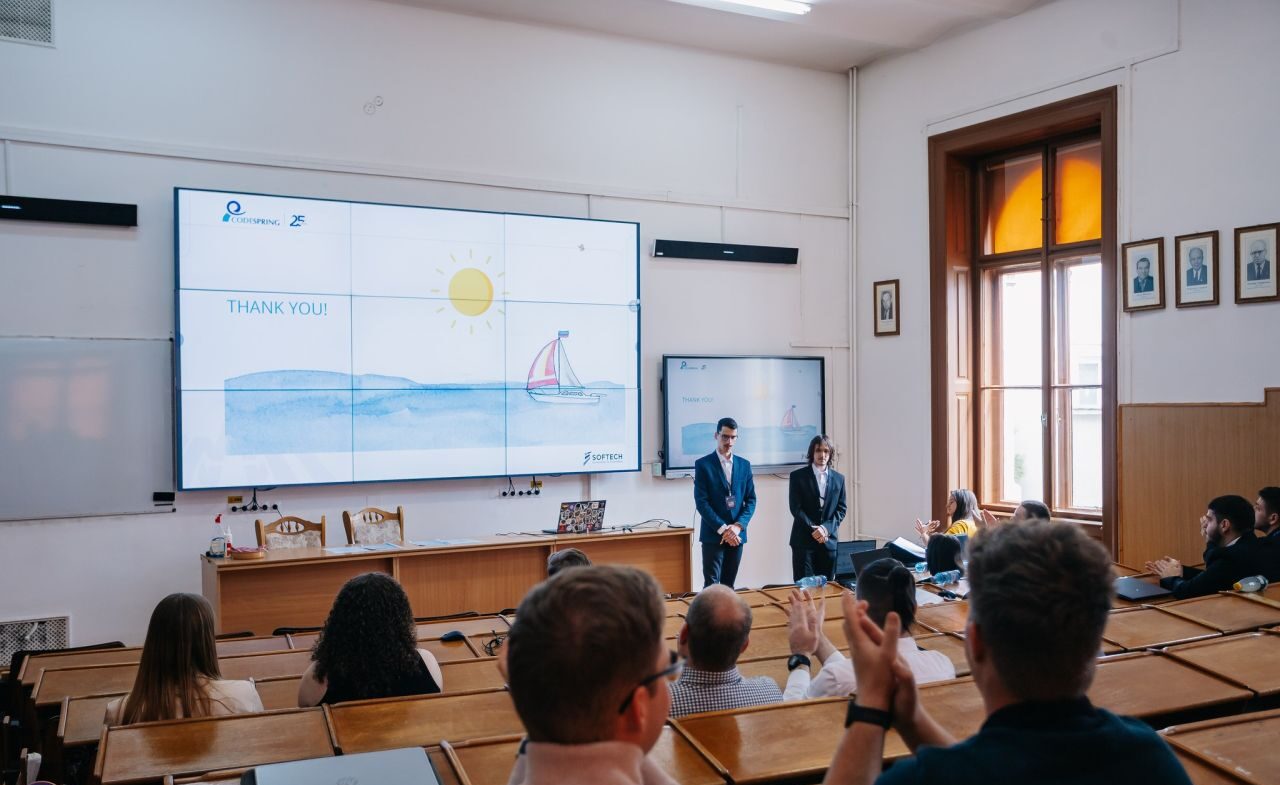Innovation in the Logistics sector has been massively driven by increasing software development performances. Passionate professionals and researchers state that logistics has been the millennium’s trade true propeller, making possible that merchandise and products reach their final destination around the globe, in the shortest possible time. Order handling, packaging, grouping, transportation arrangements, delivery schedule, stock evidence, monitoring, controlling are just a few of the main chapters when designing a logistics system.
Ongoing integration
Seamless integration of ongoing business processes may be achieved only with performant software and systems. Many industries work under the B2B pattern in order to release on the market complex products to the final customer. Integrating the transactions and processes with all business partners is a key factor. The final goal is to achieve higher business performance.
Faster supply chains result in shorter lead times and faster time to market. This is possible when member of the chain can access information in due time. Inventory levels can be optimized if the value chain is being fed with up-to-the minute data. Eliminating manual entry data means end-to-end electronic transaction processing and it is crucial for reducing handling costs. Technology is now such that many handling modes and phases are being completely automatic or done with robots. The automation and the diminishment of bottlenecks along the supply-production-delivery chain turns into faster transaction processing. On top of it, another issue adressed by integrated B2B logistics systems is the reduction of the information technology expenses. Point-to-point connections and the multiple integration technologies are being eliminated from the dashboard. The outcome is a simplified IT infrastructure and leaner processes.
B2B transactions’ core
When dealing with thousands of business partners, the main process to pay attention to is communicating and exchanging information. Over the last two decades, electronic data exchange has considerably gain terrain. The B2B world is now moving onwards to new EDI (electronic data interchange) alternatives.
Inside the global transactions, communicating fast, correctly and in due time still hold on to three main elements: the format in which data is exchanged (ANSI X12 supporting variations like UCS and VICS in the US, or UN/EDIFACT supporting variations like ODETTE, in Europe), the transportation of documents (like VANs, AS1 and AS2 protocols relying on SMTP and HTTP/HTTPS) and the deployment channel (VAN or third-party hub, on premise software, managed services provider or a hybrid approach.)
The Codespring involvement
Codespring has grown experience in the B2B Logistics sector, while providing software development services for a leading player in the industry. One slice of the coding expertise relies in the integration of external and internal processes between different application systems and business partners.
On the occasion, we have seen how B2B transactions are evolving according to the businesses key needs. Being involved in a project for the automotive industry, one could not but admire the level of standardization, automation and integration supported by partners in this industry.
Projects: LS Professional, JIT Box, WebEdi Customer: Seeburger Project description: LSProfessional (bovites): The software addresses the automotive industry needs. It is a web application for the automobile supply sector. The system kernel supports order handling, distribution management and bookkeeping functionalities. Further modules are available for warehouse administration, scheduling, and JIT and EDL handling. The software supports interfaces for exchanging data with VDA, ODETTE and EDIFACT. JIT-BOX: It is an extension of LSProfessional software, a business integration solution with speedy amortization and a high return on investment due to accelerated processing and synchronizing of transport and storage management. LSP WebEdi: It is software for the automotive industry dedicated to companies with several suppliers in order to have a unified communication process with them. The system has several configuration possibilities and knows most of the workflows from LSProfessional. Development tools and technologies: Developed in Java 6 for JBoss Web Server 4.2.1 and Microsoft Sql 2005 as database; Technologies used: Apache Turbine Framework (business logic), Hibernate (back-end), Velocity Template Engine (front-end), JasperReports (report printing), Axis (Web Service communication) and Quartz (scheduling)Key drivers for improoving B2B systems
Companies operating large B2B transactions have seen the world market going up and down, the supply and demand fluctuating according to multiple and complex factors. B2B operators see it vital to reduce costs by saving money and time using electronic document exchange. Next, there is a concern for real-time visibility into business processes. Increasing business agility is also a great test for today’s transactioners. Finally, the compliance and risk management requirements motivate business owners to participate to new developments of B2B systems.
Constraints to overcome by B2B systems
In order to understand the next moves in the B2B world, we have to take a look at what is happening in the current interaction between systems, processes and process owners. Based on a 2009 Forrester Research Inc. Global EDI/B2B Online Survey, there are a set of five main technical problems reported by B2B users.
By far, the most common issue is that of integrating an EDI/B2B system with other applications. Secondly, most sytems have difficulties in responding to new business requests. Thirdly, as their partner community grows, there is a delay in adjusting the partner community management system. The last two most reported technical problems are related to providing support to smaller, non-EDI capable partners and the inability to support process improvement efforts.
The best thing about issues is that they just make place for improvement and creativity. That is why, CISes give a new perspective to the B2B community.
B2B Logistics systems’ future
Message formats did change: spreadsheets and text documents are equally used as EDI formats in average, but we can also meet industry standard XML like PIDX, CIDX, ACORD or HL7, financial standard formats like ACH, SWIFT or FIX, flat files and proprietary files. Transport means have undergone the parallel process, so that B2B traffic uses FTP direct to partners, managed file transfer, FTP to/from VAN, AS1/AS2 direct to partners or via VAN ebMS or RNIF. Deployment channels however are most widely used as a “hybrid” solution between the VAN or thridy-party hub, the on-premise software and the outsourced managed services provider option.
As a direct result of the latest technology developments, business owners will have to consider the option of going to a CIS (comprehensive integrated solution). Agility is more likely to be achieved when yoy have a prepared system for it. The CIS may integrate B2B systems, BPM (business process management) systems, EAI (enterprise application integration) systems, MFT (managed file transfer) systems and many other industry specific systems.
A comprehensive tool set is the way to the future global transactions within a global community. Having a prepared inside or outsourced team to handle it, is part of the new business structure. As to conclude, the B2B logistics field is undergoing a transition to the next level of integrating processes. Depending on the size of your company and operations, one solution may fit you better than the other. It is important to keep at hand a short list of the priorities for the next time frame, just to make sure that your systems may support your activity and not vice-versa.
Testimonial: “The Codespring team is a self-motivated partner, with good time and task management skills, who takes initiatives in their projects, and with whom we can communicate efficiently without language or geographical boundaries. Their professionalism makes them our reliable partner.” Hajnal Schwerdtfeger, Product Manager SEEBURGER AGPlease check the additional information on the Codespring Company Papers page.









